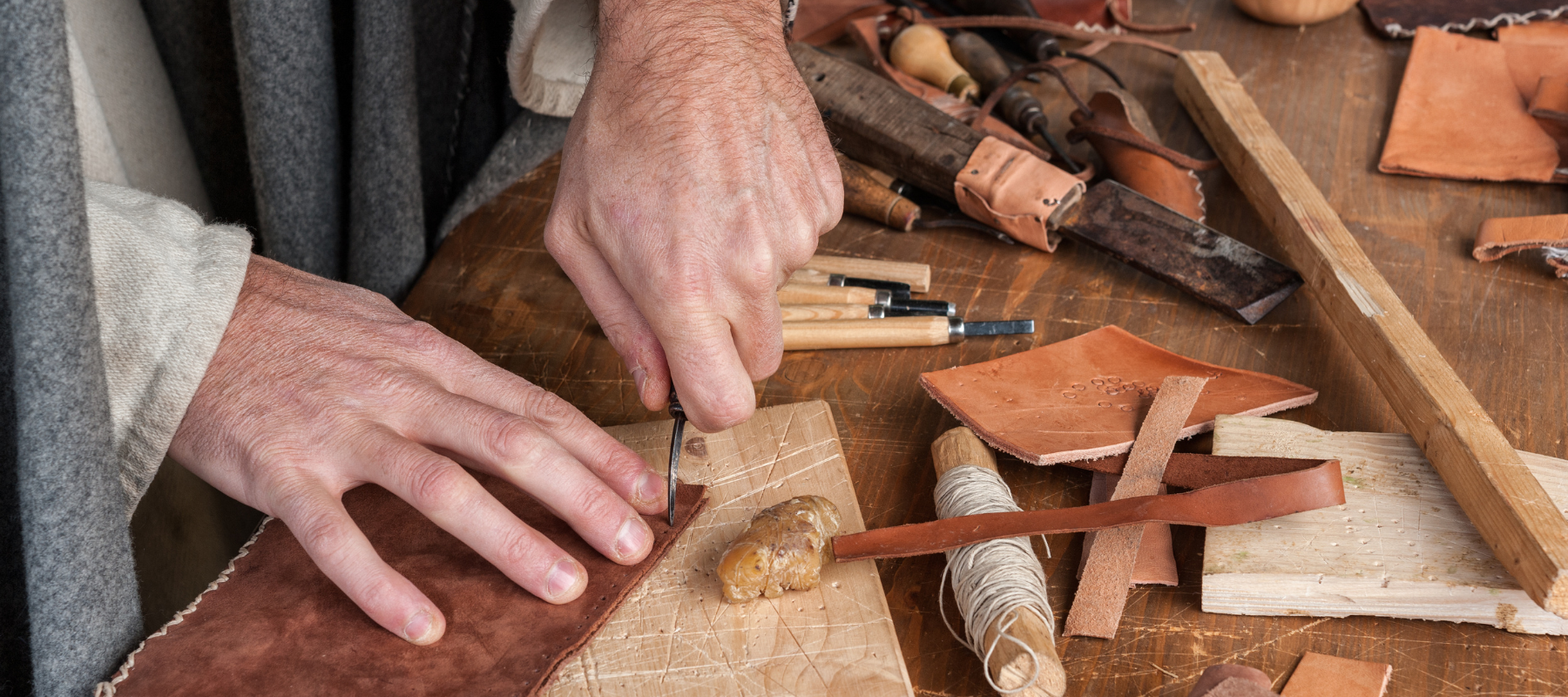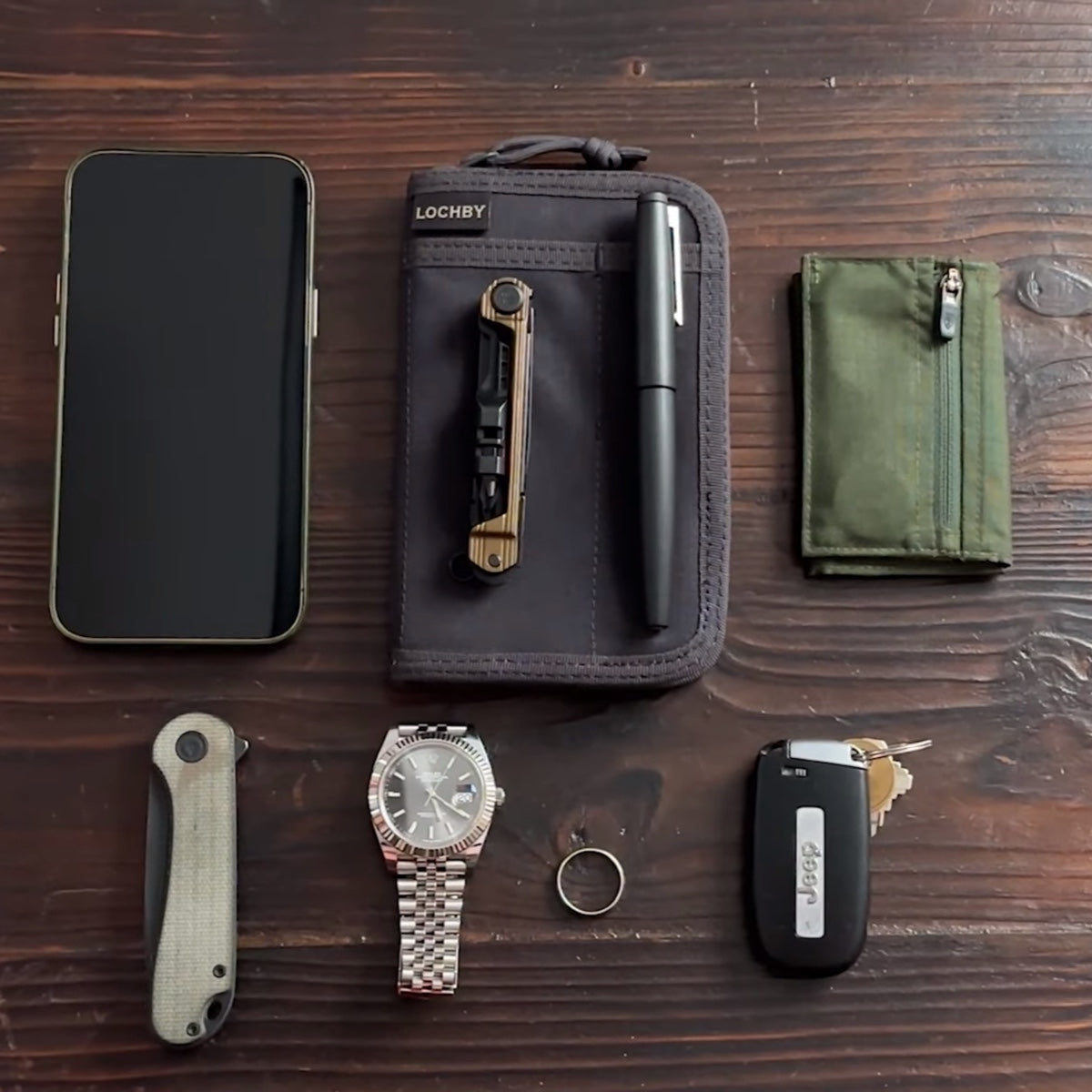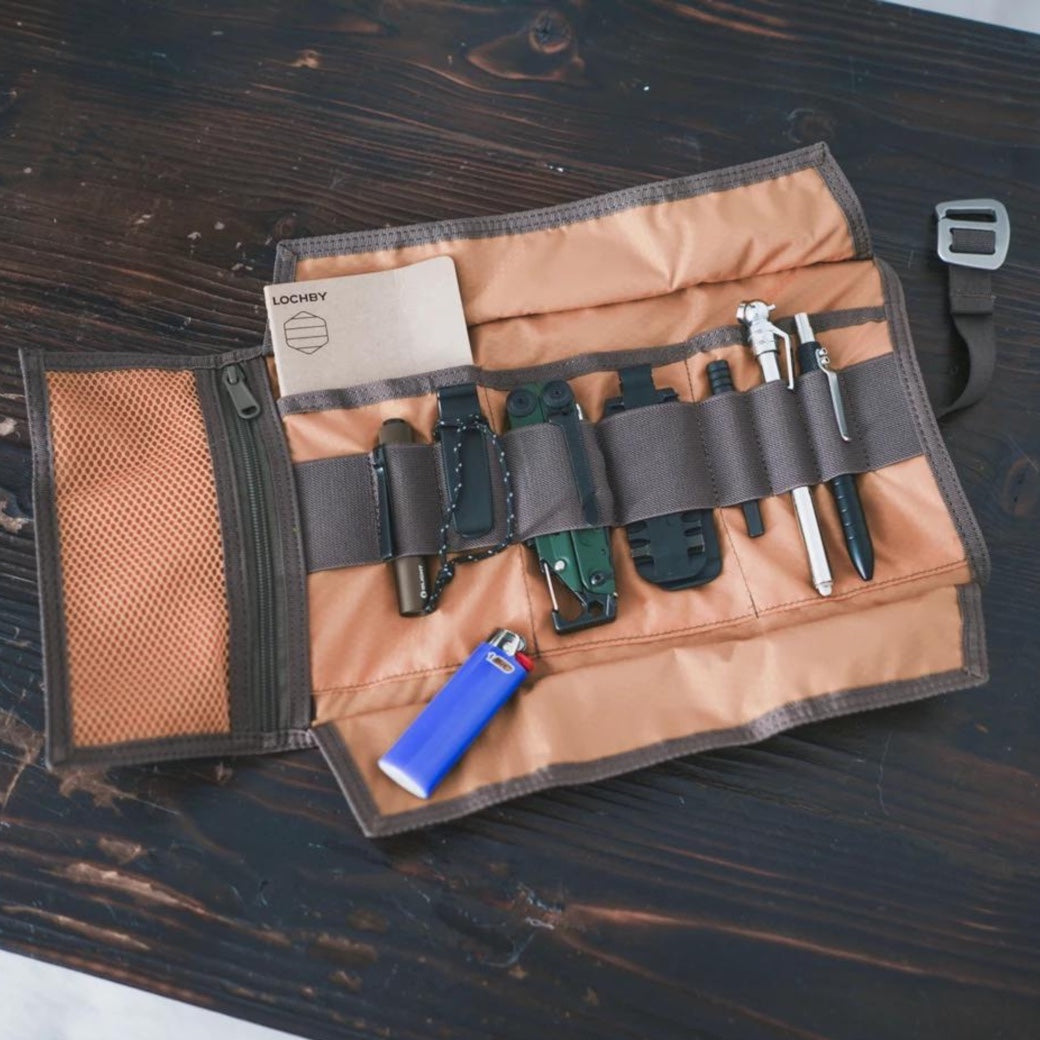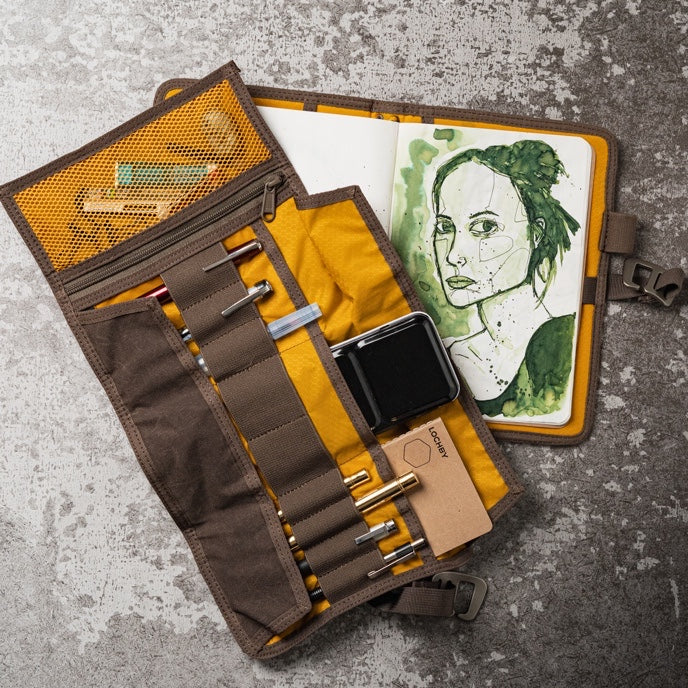Why We Choose Not to Use Leather
A Message from Our Founder
In the words of our founder, Chris Elfering, the decision not to use leather in LOCHBY products stems from a deep understanding of both practicality and aesthetics, honed through years of military service. Chris often faced the question: "Why don't you make notebook covers out of leather like everyone else?" His response is rooted in his experiences where efficiency, durability, and lightness were paramount.
Drawing from Military Precision and Practicality
Chris's experience in the military, where "we carried tough gear because a ripped pack strap or malfunctioning zipper could have dire consequences," underscores the critical importance of reliable, lightweight equipment. In an environment where "a full rucksack, body armor, and ammo gets heavy after a long day," there is no room for compromise. This ethos of uncompromising quality and practicality is at the heart of LOCHBY's material selection process.
Interestingly, Chris highlights a significant shift in military gear standards, pointing out, "Do you know how many leather items we carried? Zero." This stark zero usage of leather in the military context emphasizes the evolution from traditional materials to modern ones that offer superior functionality, durability, and lighter weight.
The Limitations of Leather
Reflecting on personal use, Chris acknowledges the charm of leather but also its drawbacks: "Leather is thick, heavy, doesn’t handle water well, and it’s expensive...they were heavy to schlep around and didn’t like rain or spilled coffee." These limitations led to a quest for materials that align more closely with LOCHBY's values of functionality and sustainability. Through this journey, LOCHBY is redefining what it means to create durable and practical products for everyday use.
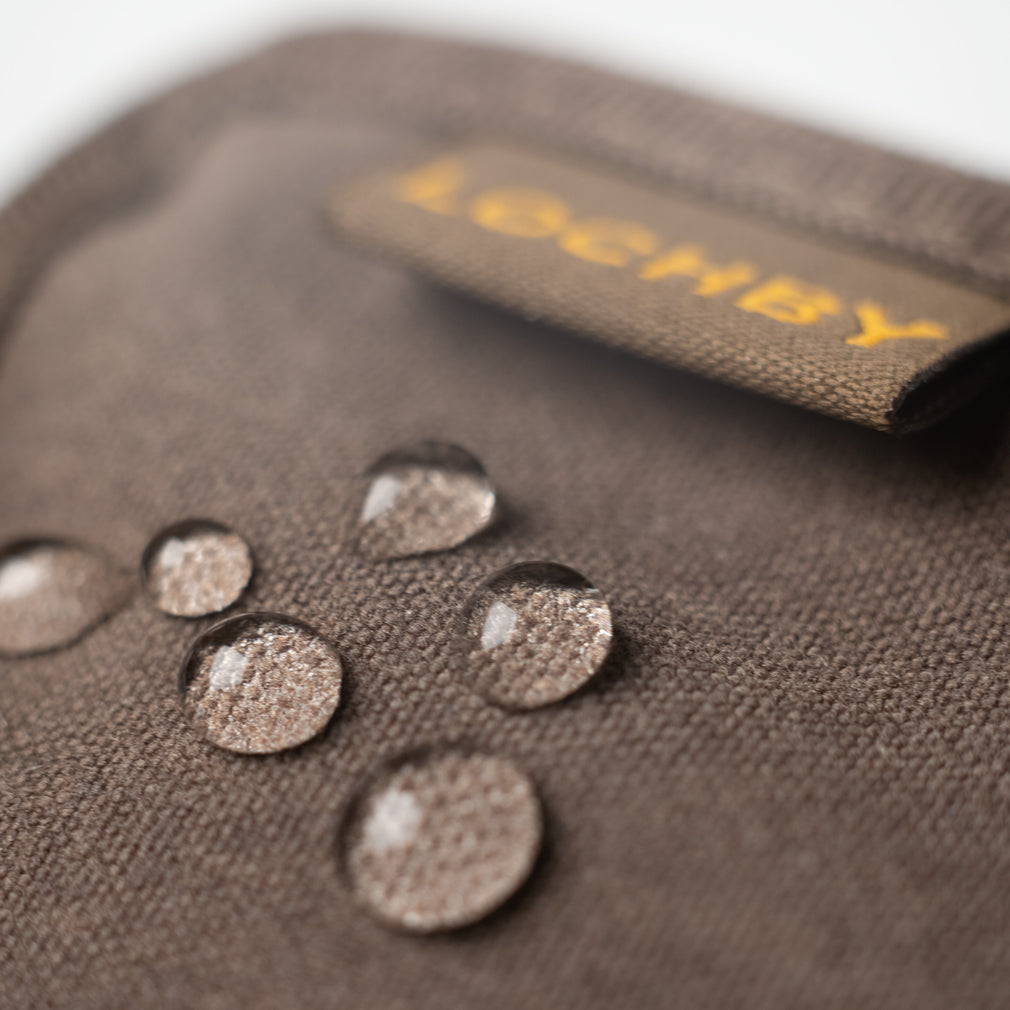
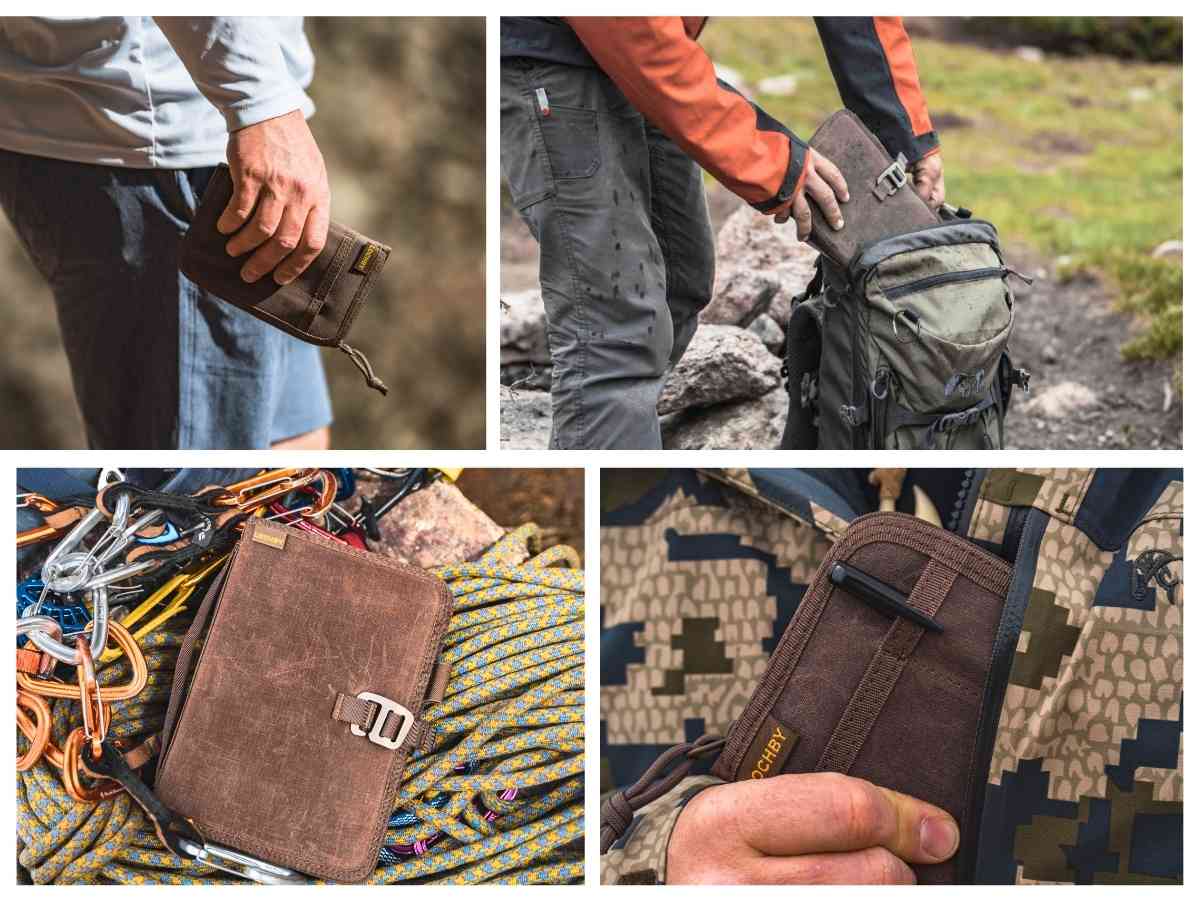
Embracing Waxed Canvas
The solution? Waxed canvas.
"At first, we used military fabrics: nylon, usually 500 or 1000 denier. But I wanted something closer to leather in terms of natural handfeel, old school charm, something that gets better with age. That’s why we upgraded to waxed canvas." Waxed canvas, as Chris highlights, combines the durability and water resistance needed for everyday use with the aesthetic and tactile qualities that improve over time.
Why Waxed Canvas Stands Out
- Durability: Just like the military fabrics previously used, waxed canvas offers exceptional durability, standing up to the rigors of daily wear and tear.
- Water Resistance: Enhanced with a wax coating, it repels water effectively, making it suitable for a wide range of weather conditions.
- 100% Vegan: A significant advantage for those seeking cruelty-free and sustainable options, waxed canvas does not use animal products, making it an ethical choice.
- Low Maintenance: Unlike leather, which requires regular conditioning, waxed canvas is easy to clean with a damp cloth and occasional rewaxing to restore its protective qualities.
- Old School Charm: It captures the classic, timeless look that Chris sought, offering an alternative to leather that feels natural and has a distinctive hand feel. Waxed canvas also ages gracefully, acquiring a patina over time that enhances its character, which is highly valued by those who appreciate items that improve with age.
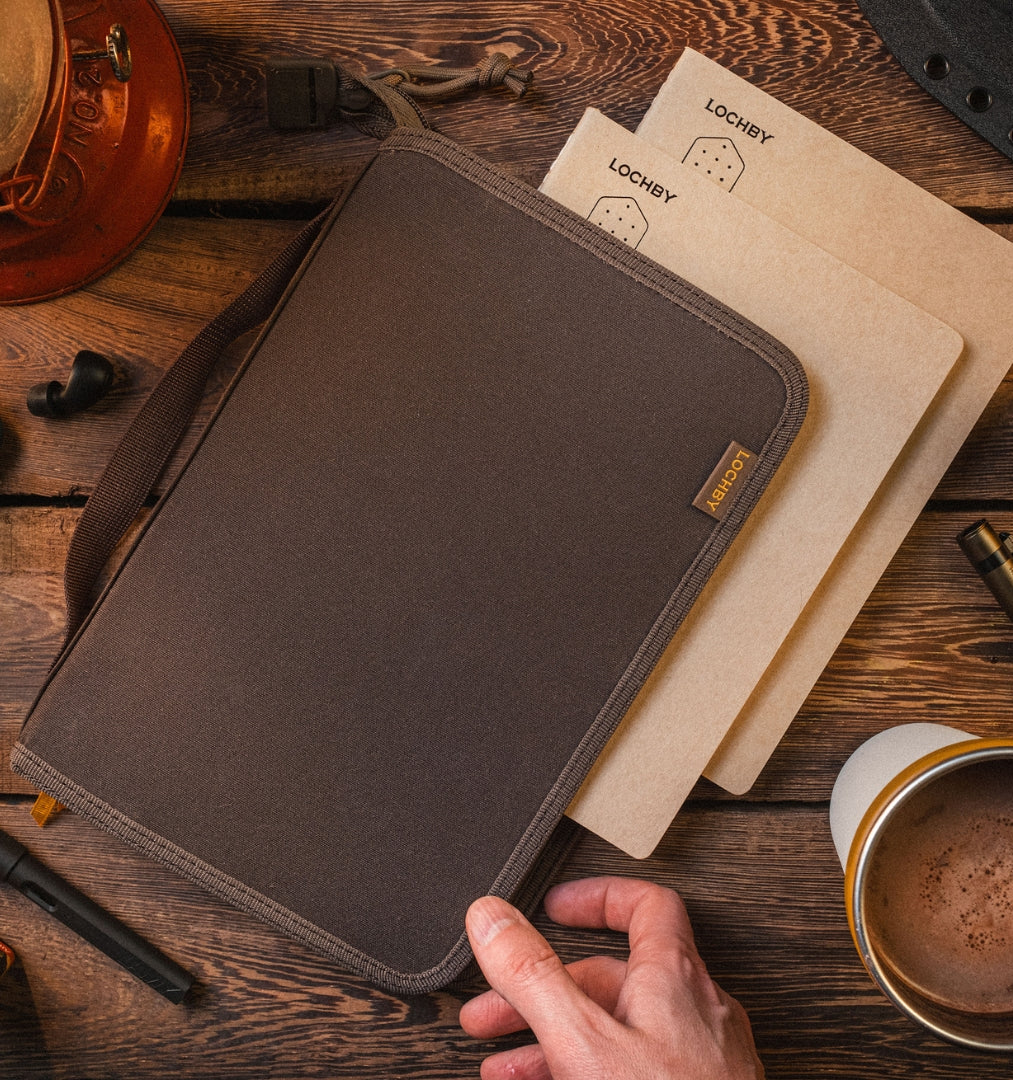
Care for Your Waxed Canvas
Waxed canvas items are valued for their ease of maintenance, requiring minimal effort to keep them looking and performing their best. There’s no need for active upkeep, but if you wish to refresh the appearance and restore it to look like new, using a fabric wax bar is a simple and effective method:
- Ensure Cleanliness: Start with a clean and dry item for optimal wax adherence.
- Apply Wax: Use a Fabric Wax bar and rub it gently back and forth on the canvas. This action warms and softens the wax for even distribution.
- Increase Friction: Apply more pressure to spread the wax thoroughly, ensuring deep penetration into the fabric for a robust protective layer.
- Smooth Evenly: After applying, use your fingers to smooth out the wax, achieving a sleek and uniform seal.
- Let It Cure: Place the item in a warm, dry area for at least 24 hours to allow the wax to set properly.
- Maintain Regularly: Apply additional wax as needed over time to keep the canvas resistant to wear and water.
For best results, we recommend using a high-quality fabric wax bar like Otter Wax to care for your waxed canvas items, ensuring they remain durable and weather-resistant. Please note that Otter Wax products often use beeswax as one of their main ingredients, which is not vegan. If you prefer a vegan option, you can substitute beeswax with carnauba wax, candelilla wax, or soy wax, which are all excellent alternatives.

